Fishing in Alabama offers exciting opportunities for anglers. The state’s waters host a variety of fish species, making it a prime destination for excellent fishing experiences. You can target species like bass, flounder, redfish, and speckled trout, which are abundant in different seasons.
For a healthy ecosystem and sustainable fishing practices, Alabama has specific fishing seasons, size limits, and regulations that every angler needs to follow. Here we will explain them to you.
Top Alabama Fishing Targets
Freshwater Species
Alabama’s freshwater environments are home to an incredible variety of fish. The state is considered a hotspot for native fish diversity, having identified 335 freshwater species.
You can target many game fish, such as largemouth bass, crappie, and catfish. These species thrive in places such as Lake Guntersville and the Mobile River Basin, offering excellent opportunities for anglers.
In the last twenty years, researchers have documented significant changes in Alabama’s freshwater fish populations. These results emphasize the need for conservation efforts to protect the state’s water resources. When fishing, everyone plays a role in protecting this biodiversity by following size and creel limits.
Inshore Species
Alabama’s inshore waters provide some of the best fishing experiences along the Gulf Coast. You can catch species like redfish, speckled trout, and flounder in estuaries and coastal areas.
These fish are abundant and offer exciting challenges for anglers of all skill levels. The Mobile Bay and Gulf Shores are prime locations for inshore fishing, where you can enjoy the thrill of reeling in these prized catches.
Offshore Species
For those seeking adventure, Alabama’s offshore waters offer thrilling opportunities. You can target species like tuna, mahi-mahi, and snapper. These fish are found in deeper waters, often near artificial reefs and oil rigs. The Gulf of Mexico is a hotspot for offshore fishing, attracting anglers from across the country.
Offshore fishing requires preparation and the right equipment. Hiring a charter service can enhance your experience, as local guides know the best spots to find these fish.
Alabama Fishing Seasons
What Fish Are In Season In Alabama In Each Month?
Understanding the seasonal availability of fish can help you plan your fishing trips effectively. In Alabama, you can catch a variety of species throughout the year, with some months offering peak opportunities for specific fish.
Here’s a quick overview of what you can expect:
| Month | Fish Species Available |
| May | Hard-shell crab, speckled trout, vermillion snapper, shark, soft-shell crab, Spanish mackerel |
| June | Atlantic croaker, brown shrimp, flounder, hard-shell crab, king mackerel, redfish, red snapper, shark, soft-shell crab |
| July | Atlantic croaker, brown shrimp, flounder, hard-shell crab, king mackerel, redfish, red snapper, soft-shell crab |
| August | Brown shrimp, flounder, king mackerel, hard-shell crab |
Inshore species like redfish, trout, drum, and flounder are available year-round. Winter months bring sheepshead closer to shore, while offshore fishing for species like red snapper and amberjack becomes possible with specific regulations.
Always remember to check the latest updates before heading out. Seasonal fishing not only increases your chances of success but also ensures compliance with Alabama fishing seasons and regulations.
Can You Fish In Alabama Year Round?
Yes, you can fish in Alabama year-round. The state’s diverse rivers, lakes, and coastal waters provide opportunities for anglers in every season.
Public streams and lakes remain open throughout the year, with a few exceptions for state-managed Public Fishing Lakes.
Inshore species like redfish and trout thrive year-round, making them reliable targets regardless of the season. Offshore fishing is also possible year-round, though some species have specific open and closed seasons.
For example, amberjack fishing peaks in May and August, while red snapper availability depends on federal and state regulations. Flounder fishing remains available year-round, with the best opportunities in spring and fall.
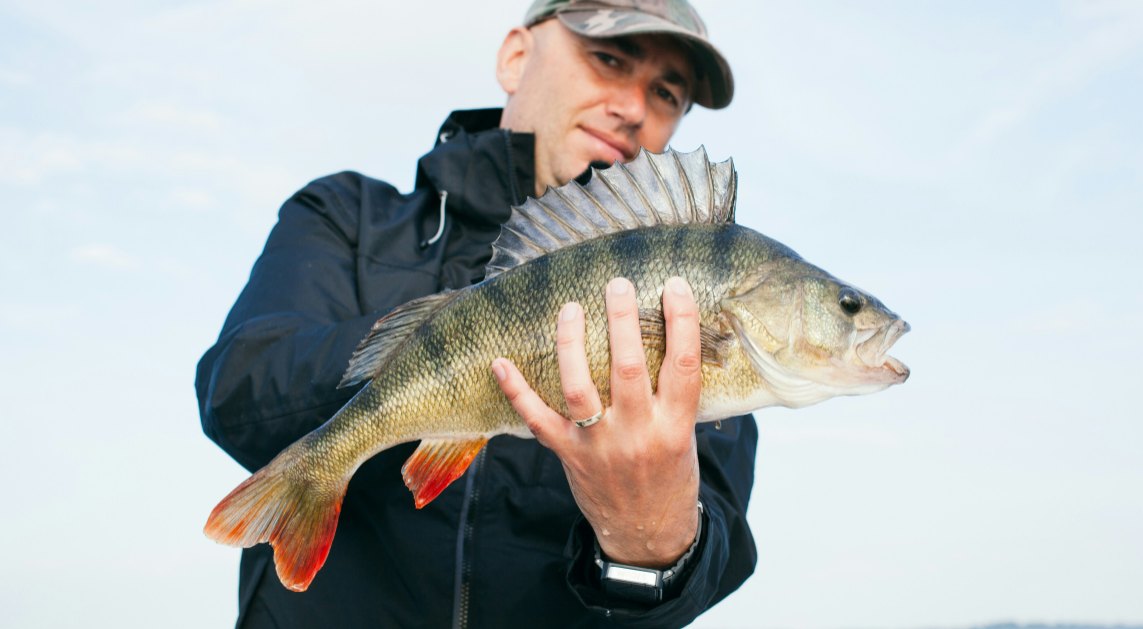
Alabama Fishing Regulations For 2025
Alabama fishing regulations include general rules and specific rules to protect vulnerable species and maintain ecological balance. These rules ensure that you can enjoy fishing while contributing to conservation efforts.
Daily Limits and Size Restrictions
Daily limits and size restrictions play a crucial role in sustainable fishing. These regulations prevent overfishing and allow fish populations to thrive. In Alabama, you must follow these rules:
- Daily Creel Limits: These limits specify the maximum number of fish you can catch in a day. For instance, the daily limit for largemouth bass is 10 fish per person.
- Size Restrictions: Some species have minimum size requirements to protect juvenile fish. For example, red snapper must measure at least 16 inches to be legally harvested.
Freshwater Limits:
| Species | Limit |
| Black Bass | 10 |
| Walleye | 2 |
| Sauger | 5 |
| White Bass | 15 |
| Yellow Bass | 15 |
| Saltwater Striped Bass and Hybrids or Combinations | 15 |
| Crappie | 30 |
| Yellow Perch | No Limit |
| Catfish (under 34 inches) | No Limit |
| Catfish (over 34 inches) | 1 |
| Bream | 50 |
| Rainbow Trout | 5 |
| Alligator Gar | 1 |
| Sturgeon | Closed Season |
| Paddlefish or Spoonbill | Closed Season |
| Skipjack Herring | 50 |
The size limit for freshwater fishing varies in different water bodies. Please check HERE for more details.
Saltwater Limits:
| Species | Size Limit | Daily Creel Limit |
| Sheepshead | 12″ min Fork Length | 10 per person |
| Spotted Seatrout | 15″ min Total Length | 6 per person and 1 oversized fish |
| 22″ min TL | ||
| Red Drum (Redfish) | 16″ min TL | 3 per person |
| 26″ max TL | 1 oversized fish | |
| Cobia (Ling) | 36″ min FL | 1 per person, not to exceed 2 per vessel |
| King Mackerel | 24″ min FL | 3 per person |
| Spanish Mackerel | none | 15 per person |
| Florida Pompano | 12″ min TL | 3 per person |
| Tripletail (Blackfish) | 18″ min TL | 3 per person |
| Flounder6 | 14″ min TL | 5 per person |
| Striped Bass | 16″ min TL | 2 per person |
| Greater Amberjack | 34″ min FL | 1 per person |
| Lesser Amberjack | 14″-22″FL | / |
| Banded Rudderfish | 14″-22″FL | / |
| Yellowfin Tuna | 27″ min CFL | 3 per person |
| Bigeye Tuna | 27″ min CFL | no creel limit |
| Gag Grouper | 24″ min TL | 2 per person |
| Red Grouper | 20″ min TL | 2 per person |
| Black Grouper | 24″ min TL | 4 per person |
| Yellowfin Grouper | 20″ min TL | 4 per person |
| Scamp | 16″ min TL | 4 per person |
| Red Snappers | 16″ min TL | 2 per person |
| Gray (mangrove, black) Snappers | 12″ min TL | 10 per person |
| Vermilion (beeliner) Snappers | 10″ min TL | 10 per person |
| Lane Snappers | 8″ min TL | / |
| Gray Triggerfish 4 | 15″ min FL | 1 per person |
| Tarpon | 60″ min TL | / |
| Mullet | none | 25 per person or 25 per boat |
| Sharpnose, Bonnethead Sharks | none | 1 per person per day |
| Great Hammerhead | 78″ min FL | 1 per person per day |
| Smooth Hammerhead | 78″ min FL | 1 per person per day |
| Scalloped Hammerhead | 78″ min FL | 1 per person per day |
| All Other Shark Species | 54″ min FL | / |
🔔Tip: Keep a measuring tape and a fish identification guide in your tackle box. These tools help you comply with size restrictions and identify your catch accurately.
Important Rules Anglers Should Know
Anglers should be aware of the following key regulations:
Prohibited Activities:
- It’s illegal to stock fish or use most minnows as bait (only goldfish, shiners, and toughies are allowed).
- Selling fish caught from public lakes is not allowed.
- Fishing with jugs, bow and arrow, or hand grabbing is prohibited.
- Using electrical devices, explosives, poisons, or firearms to catch fish is not allowed.
- Gasoline outboard motors can only be used where permitted.
- Camping, swimming, and using sailboats are not allowed unless specified.
- Launching boats (including kayaks and canoes) requires a permit.
- All anglers aged 12 and older must carry a valid fishing permit.
- Children under 12 cannot fish unaccompanied by an adult.
- Fishing on private land without the owner’s permission is illegal.
- It is unlawful to fillet fish or remove heads while fishing, unless preparing for immediate cooking. Fish can be gutted but must have heads attached.
- You cannot transport live baitfish caught in Alabama waters or import them from outside the state.
Fishing Methods:
- Only ordinary hook and line with natural or artificial bait can be used to catch any game fish in public waters。
- Anglers must show their catch, permit, and license upon request.
- Anglers can use as many rods as they want in most public waters in Alabama.
- Using a spear to catch nongame or commercial fish is allowed if you are fully submerged and have the necessary licenses.
- Bowfishing using barbed arrows is legal.
General Rules:
- Alabama waters are designated as wildlife sanctuaries.
- Using electrical devices, explosives, poisons, or firearms for fishing is illegal.
- It is illegal to intentionally stock or release any aquatic life into public waters.
- No one may possess more fish than the established daily limit, except for fish held live for release during a fishing tournament.
- It is illegal to possess fish that do not meet size requirements. Measure fish from the front of the mouth to the tip of the tail.
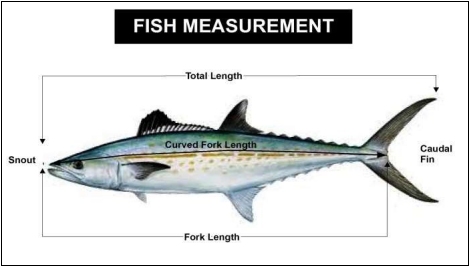
Types of Fishing Licenses in Alabama
To fish in this state, a fishing license and a permit are required to catch and keep fish legally. Licenses are available online at outdooralabama.com or at local license offices.
Fishing License Requirements
Before you cast your line, ensure you have a license and meet Alabama’s fishing license requirements. Here’s what you need to know:
You NEED a license if you are:
- Residents aged 16 – 64.
- Non-residents aged 16 and older.
You DON’T NEED a license if you are:
- Under 16 years old(both residents and non-residents).
- 65 years or older(residents only).
- Residents who own land and their immediate family members (spouse, children, parents, siblings).
- Residents who are home on military leave.
- Fishing in private lakes or ponds (Permission of the pond owner is required).
Resident Fishing License Costs
If you’re an Alabama resident, fishing licenses are affordable and accessible. The state offers many options tailored to different needs. Here’s a breakdown of the costs:
| Category | License Type | Fee |
| Sport Fishing License(age 16 – 65) | Freshwater: Annual | $16.60 |
| Saltwater: Annual | $29.35 | |
| Saltwater: 7-Day Trip | $12.10 | |
| Saltwater: Gulf Reef Fish Endorsement | $10.00 | |
| Public Fishing Lakes Daily Fishing License | Public Fishing Lakes ( valid for 1 day) | $7.50 |
| Physically Disabled Freshwater Fishing 3-Day Event License | Freshwater Trip (up to 20 physically disabled persons and their assistant) | $100.00 |
| Saltwater Trip (up to 20 physically disabled persons and their assistant) | $100.00 | |
| Disabled Fishing License | Freshwater Annual (Totally Disabled) | $3.45 |
| Saltwater Annual (Totally Disabled) | $3.45 | |
| Veterans Appreciation (20% Disabled) | $3.55 | |
| Freshwater Commercial Fishing License | Annual (12 month residency proof required) | $119.00 |
| Retail Freshwater Fish Dealer | $13.00 | |
| Wholesale Freshwater Fish Dealer | $31.00 | |
| Freshwater Mussel License | Catcher (12 month residency proof required) | $301.00 |
| Dealer Or Buyer (12 month residency proof required) | $121.00 | |
| Spear Fishing License | Annual | $6.00 |
These affordable rates ensure that everyone, from casual anglers to avid fishermen, can enjoy fishing on Alabama’s waters.
Some people can even be exempt from purchasing a license, making it even easier to fish. Note that if fishing in saltwater, residents 65 and over may not need to buy a fishing license but are required to register in the Saltwater Angler Registry each year.
Non-resident Fishing License Costs
Non-residents can also enjoy Alabama’s fishing opportunities. The state offers licenses at reasonable rates that allow everyone to fish across state lines without significant expenses.
| Category | License Type | Fee |
| Sport Fishing License (16 years of age and older) | Freshwater: Annual | $64.60 |
| Freshwater: 7-Day Trip | $36.10 | |
| Saltwater: Annual | $63.30 | |
| Saltwater: 7-Day Trip | $34.80 | |
| Saltwater: Gulf Reef Fish Endorsement | $10.00 | |
| Public Fishing Lakes Daily Fishing License | Daily | $8.80 |
| Annual | $15.45 | |
| Freshwater Fishing Family Trip License | Freshwater Trip (Valid For 3 Days) | $36.10 |
| Physically Disabled Freshwater Fishing 3-Day Event License | Freshwater Trip | $100.00 |
| Saltwater Trip | $100.00 | |
| Freshwater Commercial Fishing License | Freshwater Commercial | Varies |
| Retail Freshwater Fish Dealer | $13.00 | |
| Wholesale Freshwater Fish Dealer | $31.00 | |
| Freshwater Mussel License | Catcher | $901.00 |
| Dealer Or Buyer | $361.00 | |
| Spear Fishing License | Annual | $8.50 |
| 7-Day Trip | $3.50 |
Top Fishing Spots In Alabama
Best Freshwater Locations
- Lake Guntersville: This lake is one of Alabama’s top fishing spots. It’s famous for its large population of largemouth bass. The lake has many features like grass beds, docks, and bridges. These create great habitats for bass and other fish.
- Weiss Lake: Known as the “Crappie Capital of the World,” Weiss Lake is a must-visit. It offers fantastic crappie fishing. Anglers can also catch largemouth bass and catfish in its wide waters.
- Alabama Public Fishing Lakes (PFLs): Managed by the Alabama Wildlife and Freshwater Fisheries Division, there are 23 lakes across 20 counties. They are stocked with species like largemouth bass, bluegill, redear sunfish, and channel catfish. These lakes are great for anglers of all skill levels.
Popular Inshore Destinations
- Mobile Bay and Fairhope: The waters around Mobile Bay and Fairhope are excellent for fishing. Anglers can catch redfish and speckled trout here. The diverse environments provide good fishing all year round.
- Bayou St. John Reef: Near Gulf Shores, this artificial reef is popular among anglers. It attracts trout, redfish, and flounder. The clear waters and varying depths make it a great inshore fishing spot.
- Gulf State Park: This park offers both freshwater and saltwater fishing. Anglers enjoy a variety of experiences here. The pier extends into the Gulf of Mexico, making it easy to access many saltwater species.
Offshore Hotspots
- Alabama’s Artificial Reef Zones: Covering about 1,060 square miles, Alabama has the largest artificial reef program in the U.S. These reefs draw many fish, including grouper, snapper, and amberjack. They are prime spots for offshore fishing.
- Yellowfin Tuna Grounds: Some offshore areas are known for yellowfin tuna fishing. This is especially true during peak seasons. Anglers often go into deeper waters to catch these prized fish.
- Dauphin Island: This island is a gateway to the Gulf of Mexico. It provides access to many offshore fishing opportunities. Anglers can target king mackerel, mahi-mahi, and various snapper and grouper. Offshore fishing combines excitement with the opportunity to catch large, powerful fish. It’s an experience you won’t forget.
Planning Your Alabama Fishing Trip
Essential Gear and Equipment
Having the right gear can make or break your fishing trip in Alabama. Whether you’re fishing in freshwater lakes or offshore waters, using the proper equipment can ensure a successful outing.
Here are some expert-recommended items to include in your tackle box:
| Gear Type | Recommended Item |
| Lure | Alabama Leprechaun Jerk Bait |
| Lure | Weedless Spoon: Johnson Silver Minnow |
| Lure | Moonwalker Topwater Plug |
| Hook | Weighted Hooks |
| Jig Head (Weedless) | Hoss Weedless Football |
| Jig Head (Traditional) | Hoss Round Eye |
You can take these essentials to ensure you’re prepared for various fishing conditions, species, and the location you’re targeting. To pack all your fishing gear in one place, here we recommend the Kalkal Fishing Backpack, which offers ample storage, rod holders, and a compartment for ice bags to keep your catch fresh.
Hiring a Guide or Charter
Hiring a guide or charter service can make your fishing experience in Alabama easier and more enjoyable by providing local expertise, access to the best fishing spots, and assistance with equipment and techniques.
Here’s why you should consider this option: guides supply the necessary equipment like tackle and bait, saving you time and effort. And family-friendly charters cater to all ages, making them perfect for group outings.
You will also receive specialized services, such as real-time hot spot introductions, and local experts will share valuable insights about fishing techniques and regulations.
By choosing a guide or charter, you can focus on enjoying your trip while leaving the logistics to professionals.
Best Times to Plan Your Trip
Timing is everything when it comes to fishing in Alabama. Seasonal patterns and daily weather conditions play a significant role in fish activity. Here are some tips to help you plan:
- Spring: The best season for fishing, with active fish and mild weather.
- Summer: Fish early in the morning or late in the evening when temperatures are cooler.
- Fall: Another excellent season, as fish feed actively in preparation for winter.
- Winter: Requires different techniques but can still yield great catches.
🔔Pro Tip: Early mornings and late evenings are prime times for fishing, regardless of the season.
For specific locations, late winter and early spring are ideal for Lake Guntersville. March and May often provide the best conditions for angling, depending on yearly weather patterns. Planning your trip during these times increases your chances of a rewarding experience.
In The End
Alabama fishing season in 2025 offers something for every angler. You can enjoy year-round fishing with abundant species in various locations. Whether you prefer freshwater lakes or offshore adventures, the state’s waters provide endless opportunities.
By following Alabama regulations, you ensure a safe and sustainable experience. Start to plan your trip, pack your gear, and get ready to create unforgettable memories. Welcome to share with us your successful fish story and get a chance to win free fishing items from Kalkal!
FAQ
Can I fish in Alabama Year Round?
Yes, you can go fishing in Alabama year round for most fish in most public streams, lakes, and ponds as long as you have a valid license.
What is the best time of year to fish in Alabama?
Spring and fall are the best seasons for fishing in Alabama. Fish are more active during these times due to favorable water temperatures. Early mornings and late evenings also provide excellent opportunities for catching fish, regardless of the season.
Do I need a fishing license to fish in Alabama?
Yes, you need a fishing license if you are 16 or older. Residents and non-residents must purchase a license before fishing. However, you can go fishing without a license on Free Fishing Day, which is June 7, 2025.
Can I fish in Alabama’s state parks?
Yes, Alabama’s state parks allow fishing. Many parks have lakes, rivers, or ponds stocked with fish. Some parks may require additional permits, so check the specific park’s rules before your trip.
Are there any restrictions on using live bait in Alabama?
You can use live bait in Alabama, but certain restrictions apply. For example, you cannot transport live baitfish across state lines.
What should I do if I catch an endangered species?
If you accidentally catch an endangered species, release it immediately and unharmed. Avoid handling the fish as much as possible to reduce stress or injury.


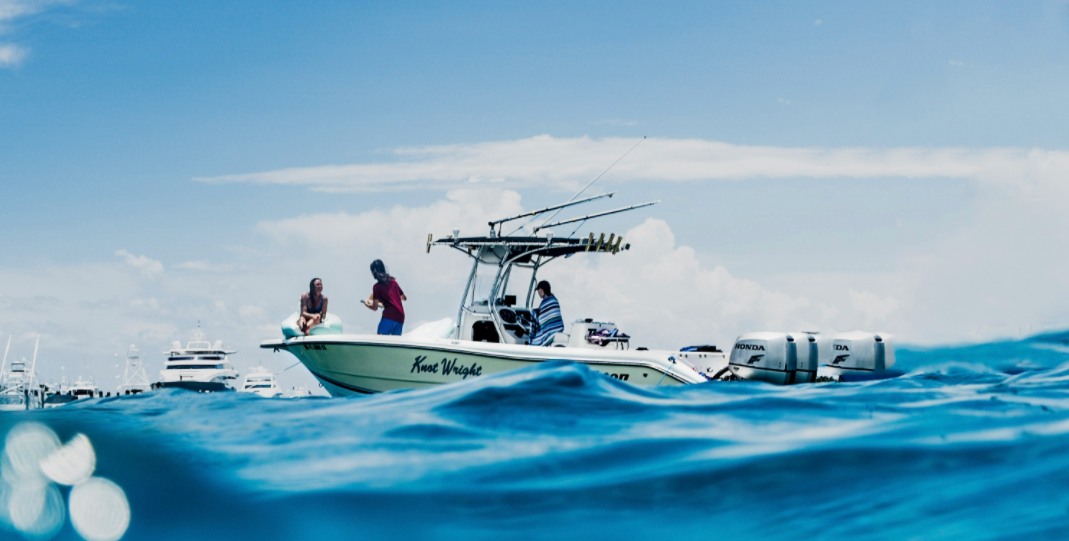
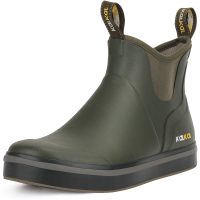

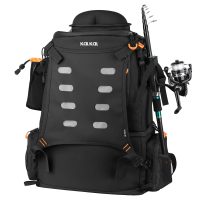
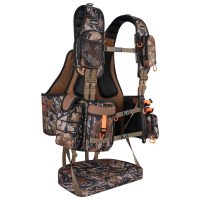
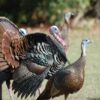

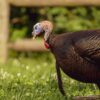
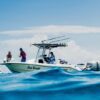

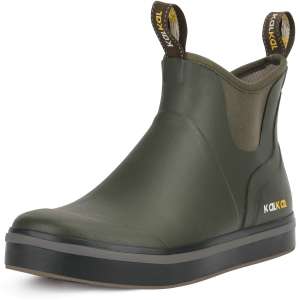
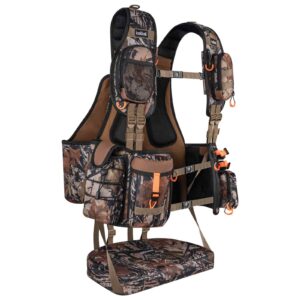
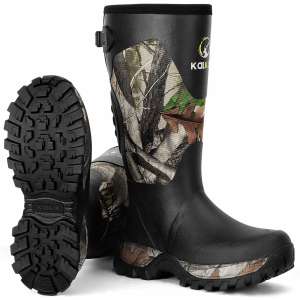
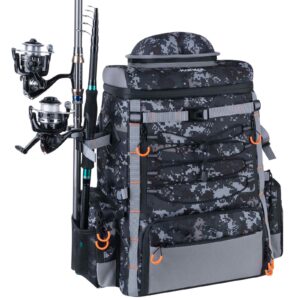
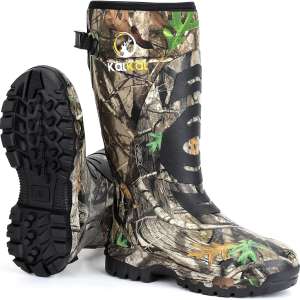

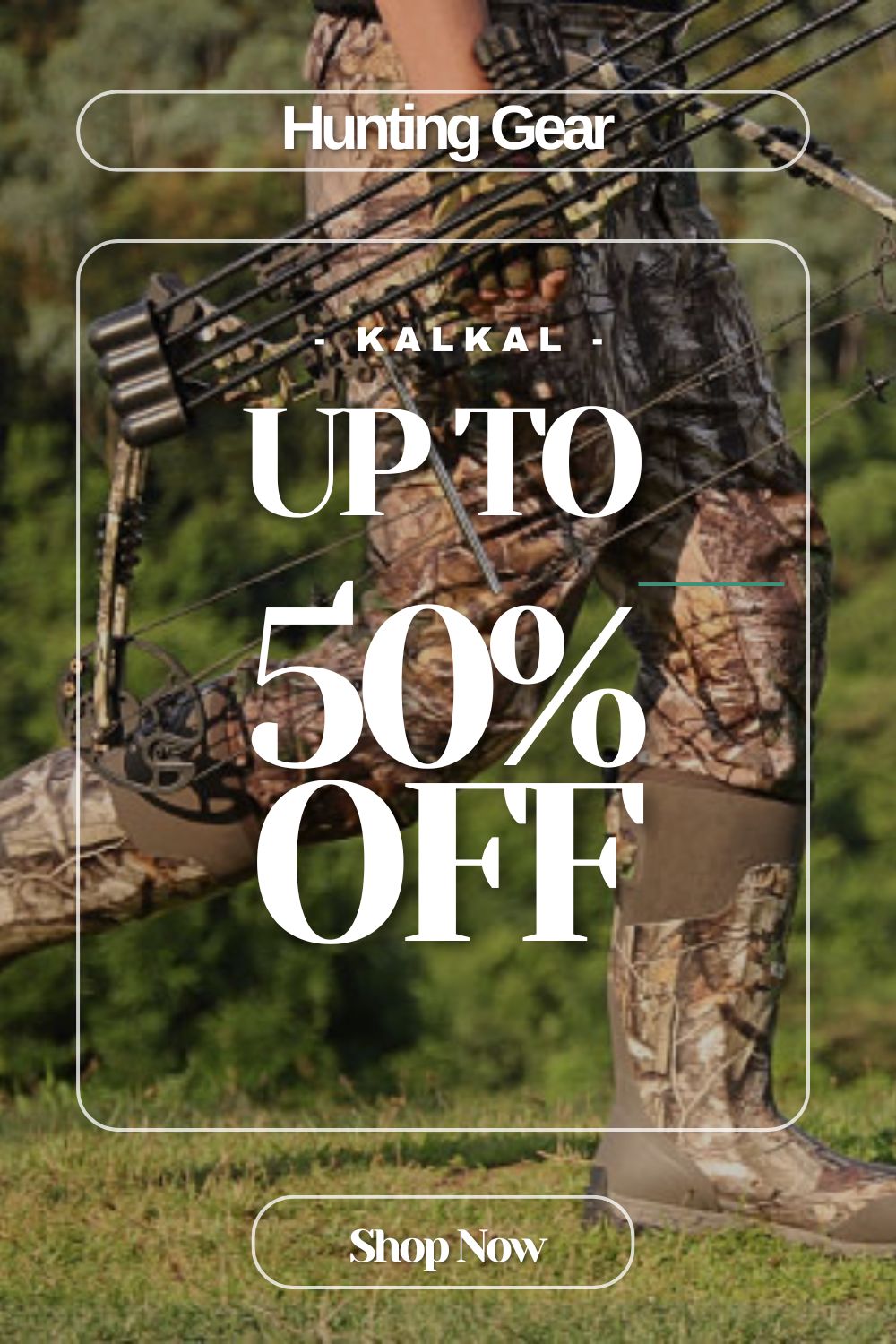

Leave a reply